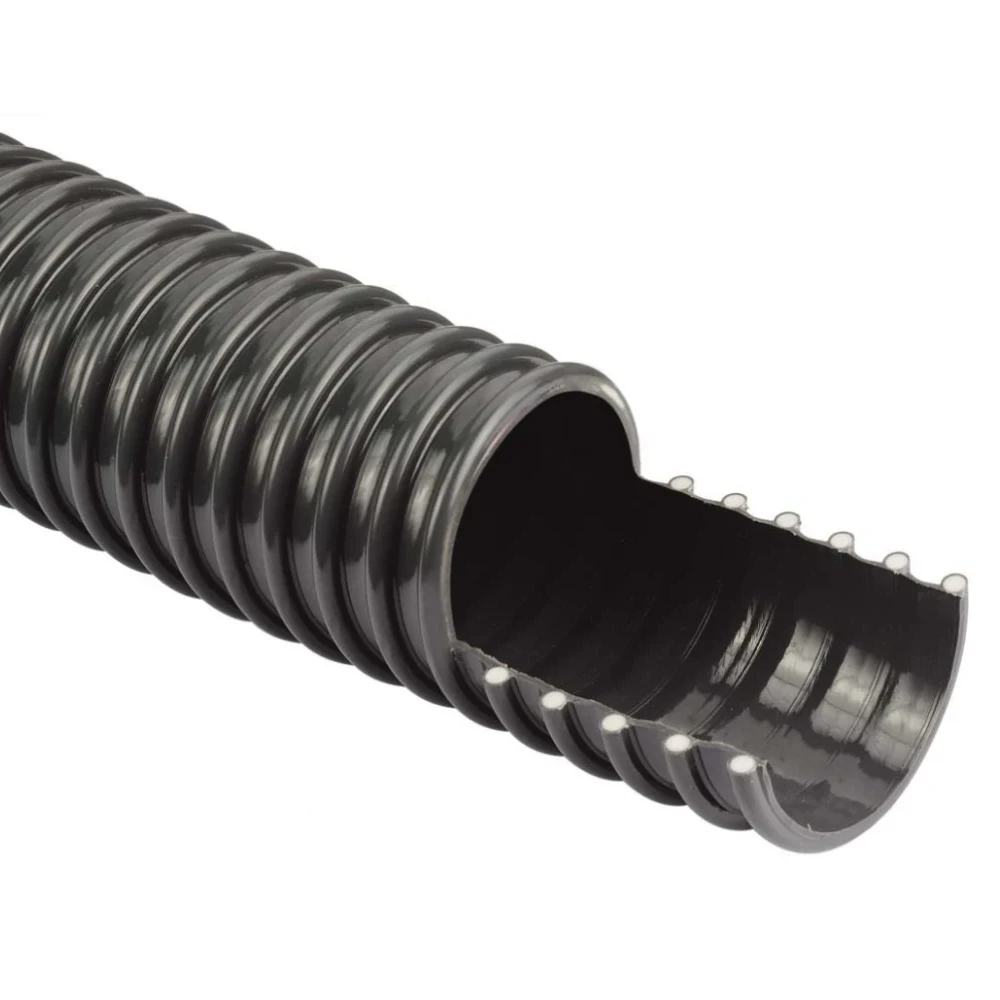
- Afrikaans
- Albanian
- Amharic
- Arabic
- Armenian
- Azerbaijani
- Basque
- Belarusian
- Bengali
- Bosnian
- Bulgarian
- Catalan
- Cebuano
- Corsican
- Croatian
- Czech
- Danish
- Dutch
- English
- Esperanto
- Estonian
- Finnish
- French
- Frisian
- Galician
- Georgian
- German
- Greek
- Gujarati
- haitian_creole
- hausa
- hawaiian
- Hebrew
- Hindi
- Miao
- Hungarian
- Icelandic
- igbo
- Indonesian
- irish
- Italian
- Japanese
- Javanese
- Kannada
- kazakh
- Khmer
- Rwandese
- Korean
- Kurdish
- Kyrgyz
- Lao
- Latin
- Latvian
- Lithuanian
- Luxembourgish
- Macedonian
- Malgashi
- Malay
- Malayalam
- Maltese
- Maori
- Marathi
- Mongolian
- Myanmar
- Nepali
- Norwegian
- Norwegian
- Occitan
- Pashto
- Persian
- Polish
- Portuguese
- Punjabi
- Romanian
- Russian
- Samoan
- scottish-gaelic
- Serbian
- Sesotho
- Shona
- Sindhi
- Sinhala
- Slovak
- Slovenian
- Somali
- Spanish
- Sundanese
- Swahili
- Swedish
- Tagalog
- Tajik
- Tamil
- Tatar
- Telugu
- Thai
- Turkish
- Turkmen
- Ukrainian
- Urdu
- Uighur
- Uzbek
- Vietnamese
- Welsh
- Bantu
- Yiddish
- Yoruba
- Zulu

डिस . 03, 2024 14:54 Back to list
suction pipe
Understanding Suction Pipes A Critical Component in Fluid Dynamics
Suction pipes play a pivotal role in various industries and applications, particularly in the fields of hydraulic engineering, water management, and manufacturing processes. These pipes are engineered to transport fluids—primarily water, but also oils, chemicals, and other liquids—by creating a negative pressure that draws the fluid into the system. Understanding the role, design, and maintenance of suction pipes is essential for ensuring efficient operation and preventing potential failures.
What is a Suction Pipe?
A suction pipe is essentially a pipeline designed to carry fluid from one location to another, using a pump to create a vacuum that draws the fluid into the pipe. These pipes are typically situated at the bottom of a tank or well, where they extend into the fluid reservoir. The primary function of the suction pipe is to facilitate the flow of liquid towards the pump, which then pressurizes the fluid for distribution.
Key Design Considerations
When designing suction pipes, several factors must be taken into account to optimize performance and prevent issues such as cavitation—a phenomenon that can occur when the pressure in the suction pipe drops below the vapor pressure of the liquid, causing vapor bubbles to form.
1. Diameter and Length The diameter of the suction pipe is critical. A pipe that is too small can restrict flow and increase the risk of cavitation. Conversely, a pipe that is excessively large may lead to increased material costs without significant benefits. The length of the pipe also affects friction losses; shorter pipes generally facilitate better flow.
2. Material Suction pipes can be constructed from various materials, including PVC, steel, and polyethylene. The choice of material depends on the characteristics of the fluid being transported and the working environment. For instance, corrosive fluids might require special coatings or linings.
3. Elevation The elevation of the suction pipe relative to the fluid source is crucial. The vertical lift distance, known as the static suction head, plays a significant role in determining how effectively the pump can draw fluid. Ideally, the suction pipe should be located as close to the fluid source as possible to minimize energy losses.
suction pipe

4. Fittings and Valves The design of the suction pipe should include appropriate fittings, such as elbows and tees, as well as valves to control flow. These components should be designed to minimize turbulence and resistance.
Maintenance and Challenges
Regular maintenance of suction pipes is essential to ensure their longevity and efficiency. Over time, issues such as corrosion, debris accumulation, or mechanical failures can impede the flow of liquid. Implementing a routine check-up schedule can help identify potential problems early.
One common challenge faced in suction pipe systems is the occurrence of air leaks. Even minor leaks can lead to significant reductions in pumping efficiency, as air can enter the line and disrupt the vacuum created by the pump.
Applications
Suction pipes find application in numerous sectors. In water supply systems, they are integral in moving water from wells or reservoirs to treatment plants. In agriculture, suction pipes are used in irrigation systems to draw water from lakes or rivers. Furthermore, in industries involving hydraulic machinery, suction lines are critical for transferring lubricants or hydraulic fluids.
Conclusion
In conclusion, suction pipes are vital components in fluid transport systems and must be meticulously designed and maintained to ensure operational effectiveness. Understanding the dynamics of suction pipe systems can lead to improved efficiency, cost savings, and enhanced reliability in various applications. Whether in municipal water systems, agricultural practices, or industrial processes, the role of suction pipes cannot be underestimated—they are the backbone of efficient fluid management. As technology advances, the materials and designs of suction pipes will continue to evolve, leading to further innovations in how we approach fluid transportation.
Latest News
Steel Wire Reinforced Hydraulic Hose SAE 100 R1 / EN853 1SN S
NewsOct.17,2024
Two Layers Steel Wire Reinforced Hydraulic Hose SAE 100 R2 / EN853 2SN
NewsSep.03,2024
Textile Braid Reinforced Hydraulic Hose SAE100 R3+R6
NewsSep.03,2024
Textile Reinforced Hydraulic oil Suction Hose with embedded Steel Wire SAE 100 R4
NewsSep.03,2024
Single Wire Braid and Textile Covered Hydraulic Hose SAE 100 R5
NewsSep.03,2024
High Pressure Thermoplastic Hydraulic Hose SAE 100 R7 / EN855 R7 - SAE 100 R8 / EN855 R8
NewsSep.03,2024
Heavy Duty Four-layer Steel Wire Spiral Reinforced Hydraulic Hose SAE100R9+R10+R12
NewsSep.03,2024
Heavy Duty Multi-layer Steel Wire Reinforced Hydraulic Hose SAE100R13 SAE100R15
NewsSep.03,2024
Latest Products










